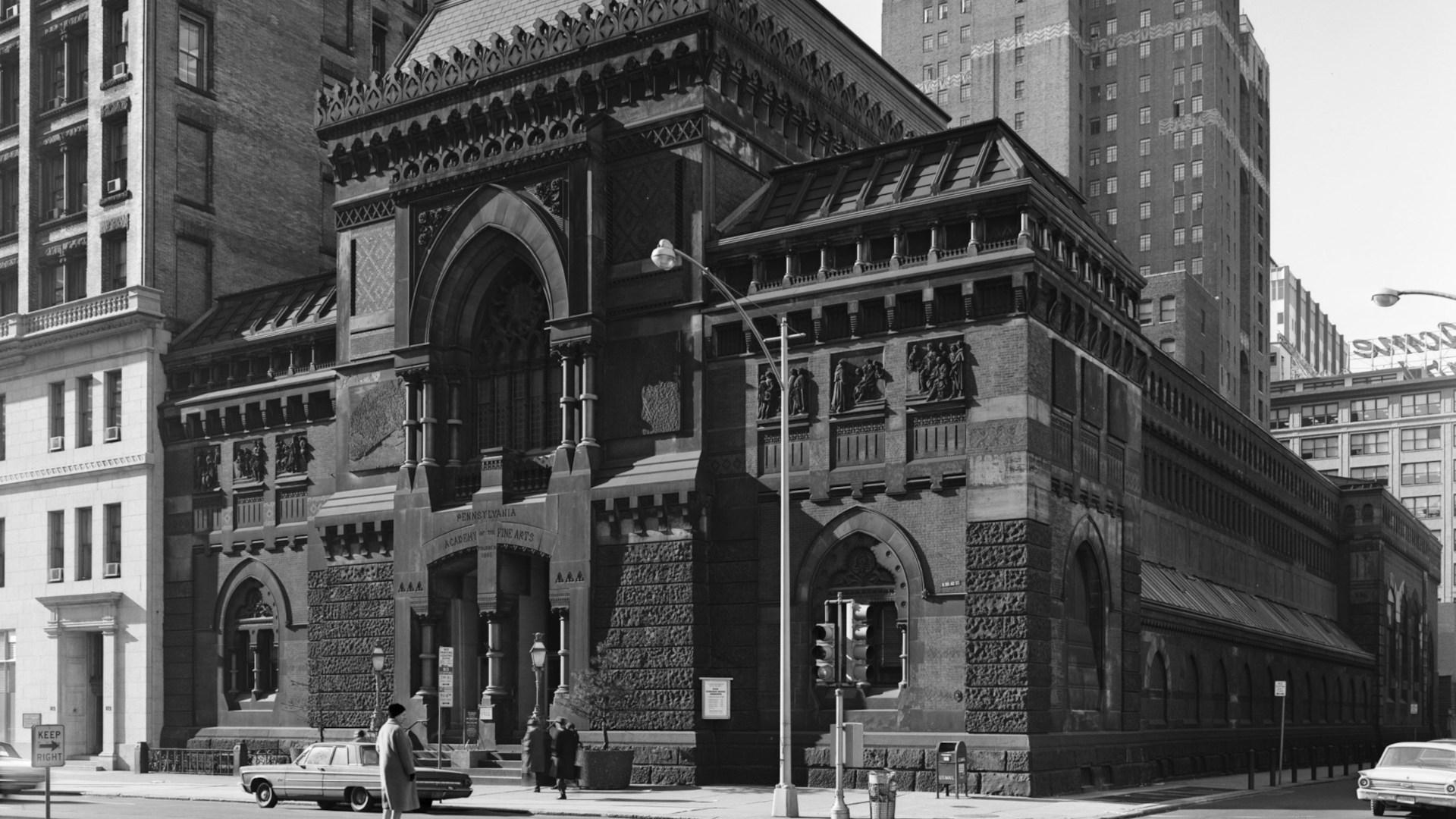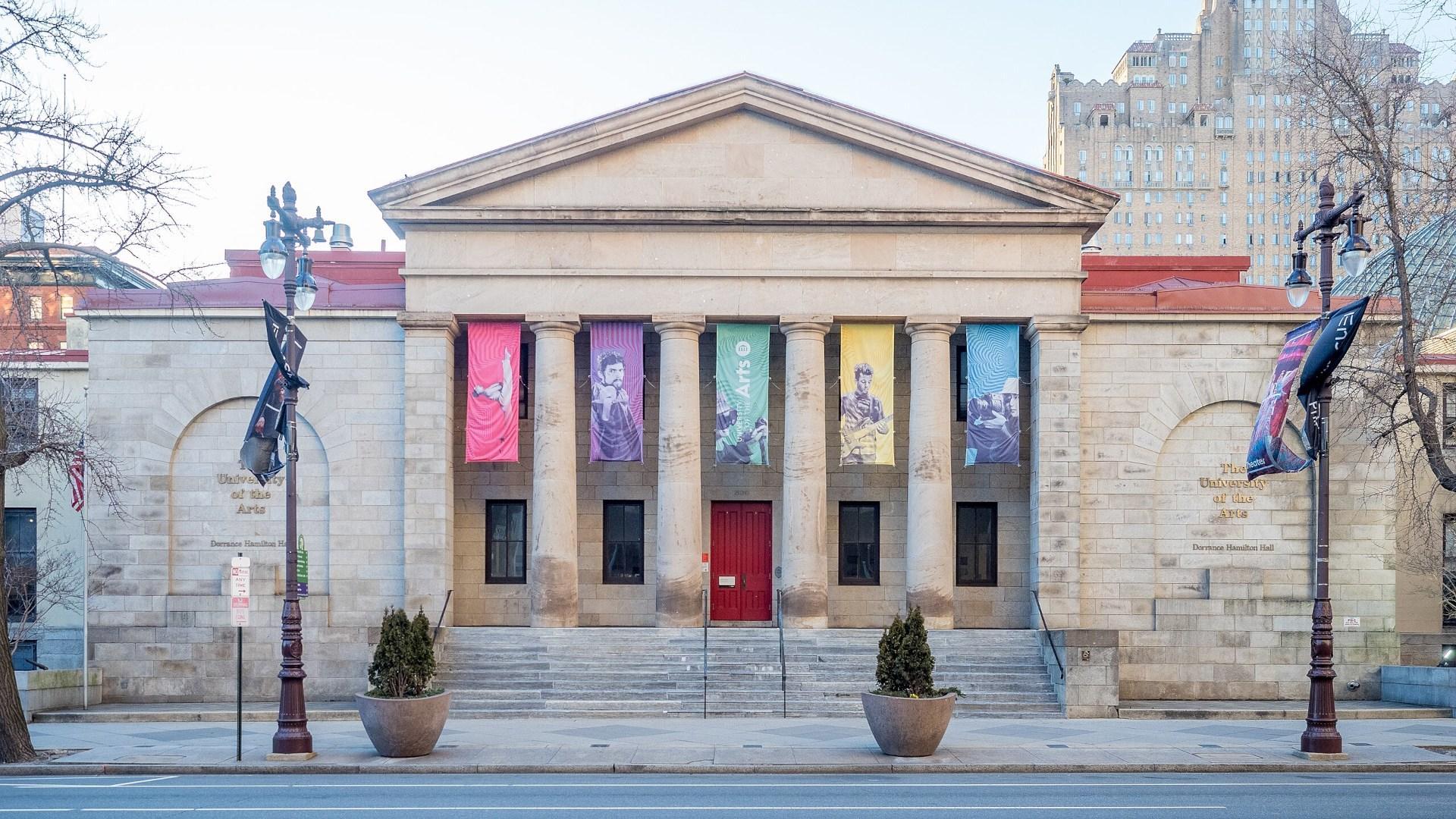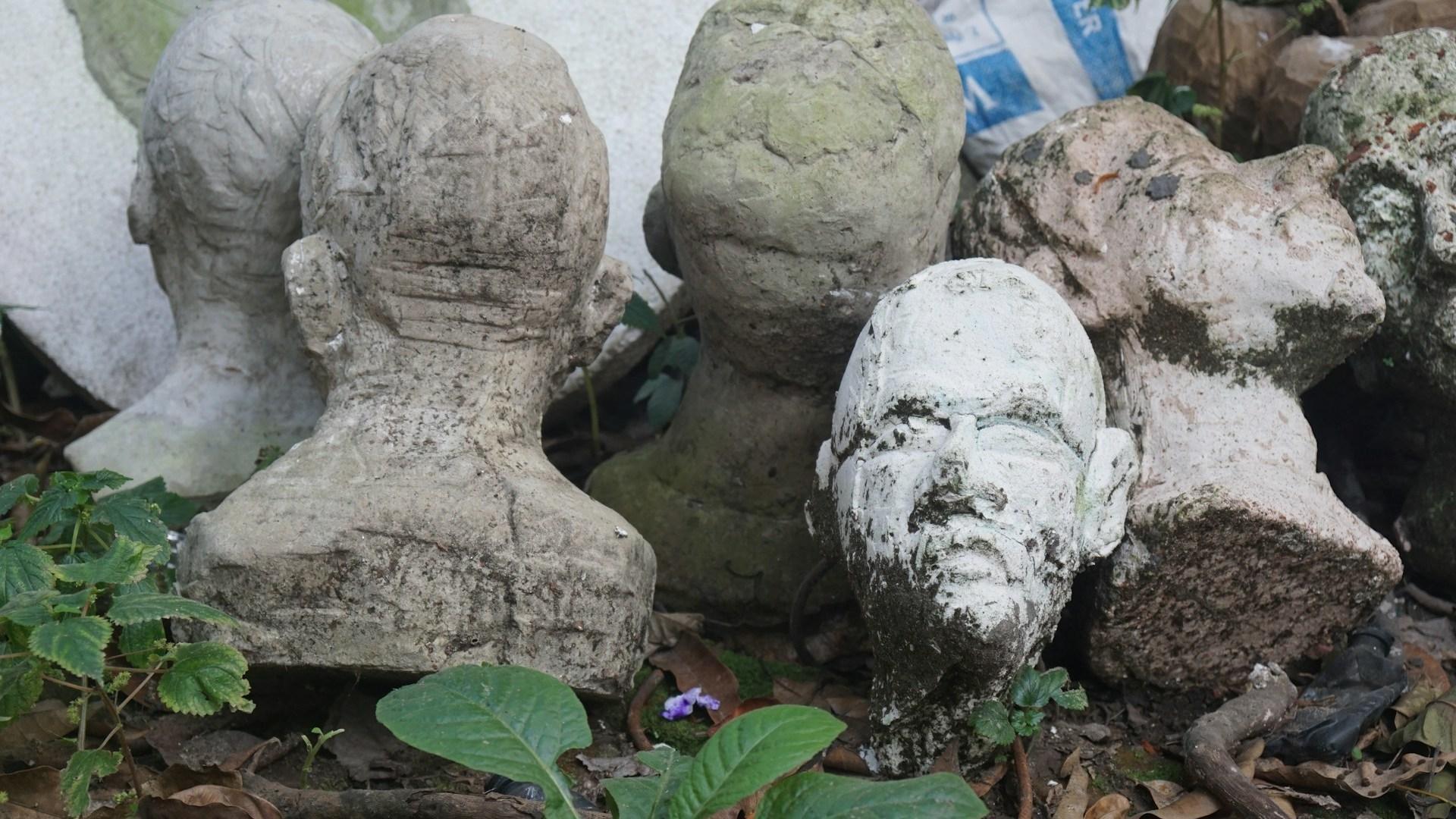A recent, unwelcome trend has been spreading across the US as longstanding public institutions of art throw their doors shut for the final time.
But even amidst these closures, one closure stands out as particularly impactful and difficult to explain, not least to the staff and students who have lost out.
Sector-Wide Issue

Higher education institutions have been struggling in recent years throughout the US due to several distinct issues.
The issues converging are that there are fewer students enrolling, the end of pandemic-era state support for higher education institutions and inflation.
But Art Schools a Special Case

Although all colleges are facing issues, art schools face a unique convergence of issues that make them especially vulnerable to financial struggles.
A professor at the University of Tennessee, Knoxville, Robert Kelchen points out that “art schools are in a really difficult spot because art is an expensive field to teach, because of the facilities required, and small class sizes — you can’t jam 500 people in the classroom the same way you can in some other fields.”
Art Schools That Have Struggled in Past Year

Indeed, several art schools have faced struggles in the past year across the US.
Last year, the Art Institutes college system closed 8 campuses while the San Francisco Art Institute went bankrupt.
National Loss

And in January of this year, the nation heard that it was to lose educational access to one of its most storied institutions, as the Pennsylvania Academy of the Fine Arts announced it would end degree programs.
The Pennsylvania Academy of the Fine Arts is the oldest art museum and school in the country, having been established in 1805.
Latest Closure

And now, after 154 years of operation, the Philadelphia University of the Arts has closed for good.
This announcement was made by administrators only a week before the closure occurred, blindsiding students and faculty alike.
Without Warning

What makes the situation yet more galling is the fact that there was little indication that the closure was coming.
Kelchen says there was no real indication that “that closure was imminent” as, although the “most recent available year was a really bad year financially … it looked like they’ve been sitting in a pretty good financial position before that.”
Unpleasant Surprise

The announcement came as a shock to the college’s roughly 1150-strong student base and 700 members of faculty.
Members of staff have filed a class action lawsuit due to what they say is an unlawfully short notice period, and will be looking first to claim their interim wage entitlement.
University Can Not Guarantee Salaries

Although the staff may expect salaries to be paid out until August by law, the university has not been able to guarantee this.
The lawyer for the class-action defense, Kristine Grady Derewicz, said that the layoffs were due to “unforeseen business circumstances.”
Unforeseen and Unseen Circumstances

Aside from the loss of employment, the lack of explanation, too, is a gut punch for the laid off workers.
Staff will now face their job hunt without their entitled pay and in the period after the typical Summer academic hiring cycle.

